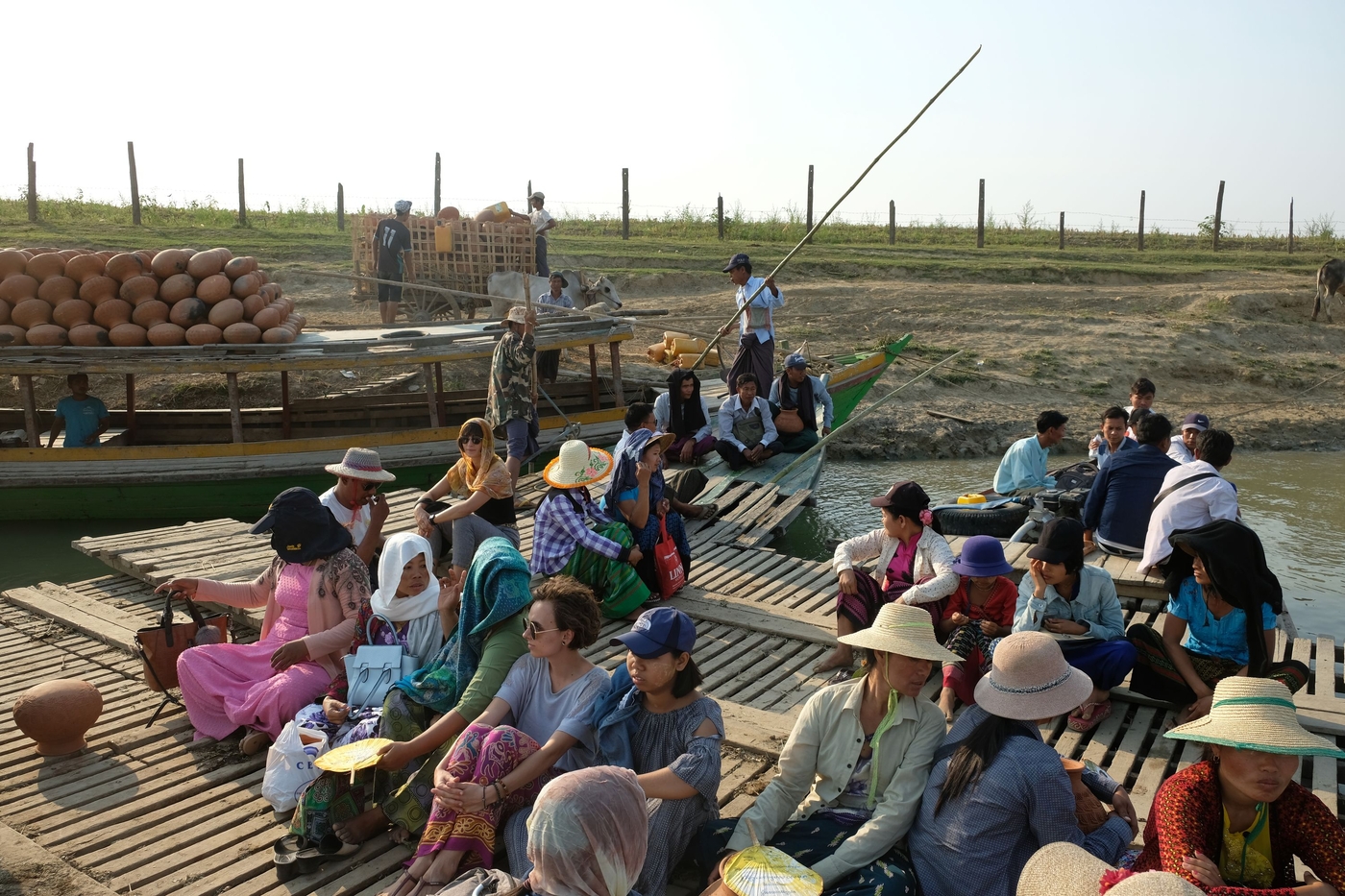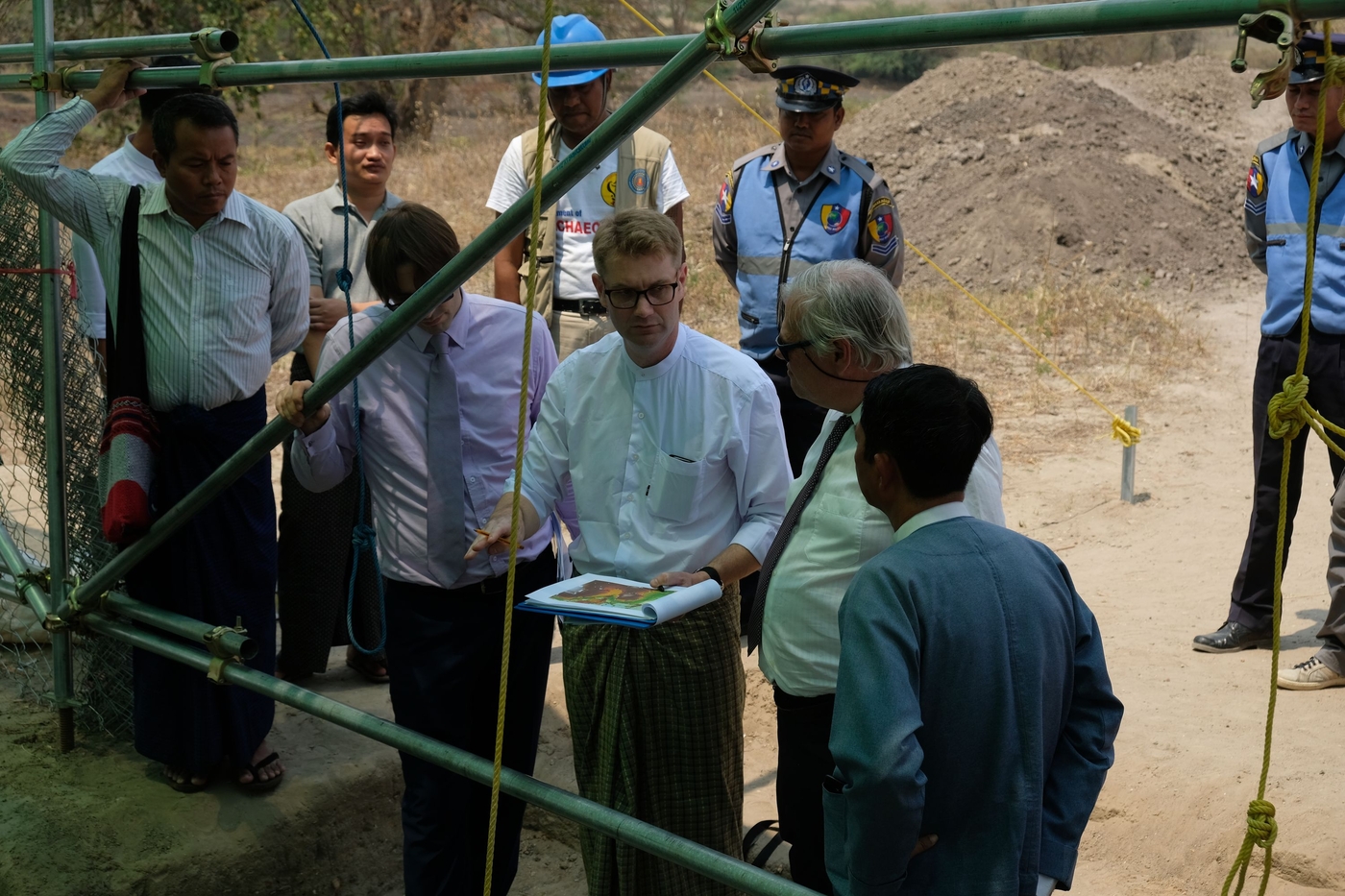Halin
The research carried out by the MAFM in Halin aims to establish a reliable chronological and cultural sequence for the upper centre of Myanmar, at the land border of continental South East Asia with South and East Asia - regions where they were likely to have formed partnerships that governed their interaction over long periods of time.

Halin is unique in Myanmar, with archaeological deposits from the early Neolithic, the mid-3rd millennium BCE, to the imperial Pagan period corresponding to the early 2nd millennium CE. From 2017 to 2020, the MAFM carried out excavations in five parts of Halin, comprising occupation deposits and funerary deposits laid down over a period of more than 4,000 years.
The MAFM team has a broad skill set, ranging from physical anthropology (funerary practices, diet, health) to the environment (archaeobotanics, archaeozoology, archaeogeology) and industry (pottery, metals, glass and lithics). The Ministry for Religious and Cultural Affairs of Myanmar has opened a national museum on the Halin site, and in the years ahead, we hope to help bring its public displays fully up to date with a trilingual exhibition in Burmese, English and French, featuring the latest French and Burmese data, and the findings made by the local team.
For a large part of continental South East Asia, little is known about the transition from hunter-gather societies to state-based societies in terms of when and why it happened. This is particularly the case with Myanmar, which represents the land border with South and East Asia – regions where they were likely to have formed partnerships that governed their interaction over long periods of time. The research carried out by the MAFM in Halin, primarily the city-state "Pyu" dating from the 1st millennium CE containing a large number of remains from the Prehistoric and, in some cases, the post-Pyu period, aim to bring scientific rigour to the process of establishing a reliable chronological and cultural sequence for the upper centre of Myanmar, based on sets of well-documented and varied data for human biology, and the technical and environmental agents of change.
Although MAFM is honoured to work on an historical site as prestigious as Halin, our main focus is on Prehistoric remains, with an emphasis on understanding the transition between hunter-gatherer and Neolithic societies in the mid- to late-3rd millennium and the early 2nd millennium BCE, from the Neolithic to the Bronze Age at the end of the 2nd millennium BCE, and the passage from the Bronze to Iron Age in the mid-1st millennium BCE, which rapidly led to the formation of a state in its fullest sense at the beginning of our era.
The project is supported by the French Ministry for Europe and Foreign Affairs on the advice of the Excavations Board (Commission des fouilles).










